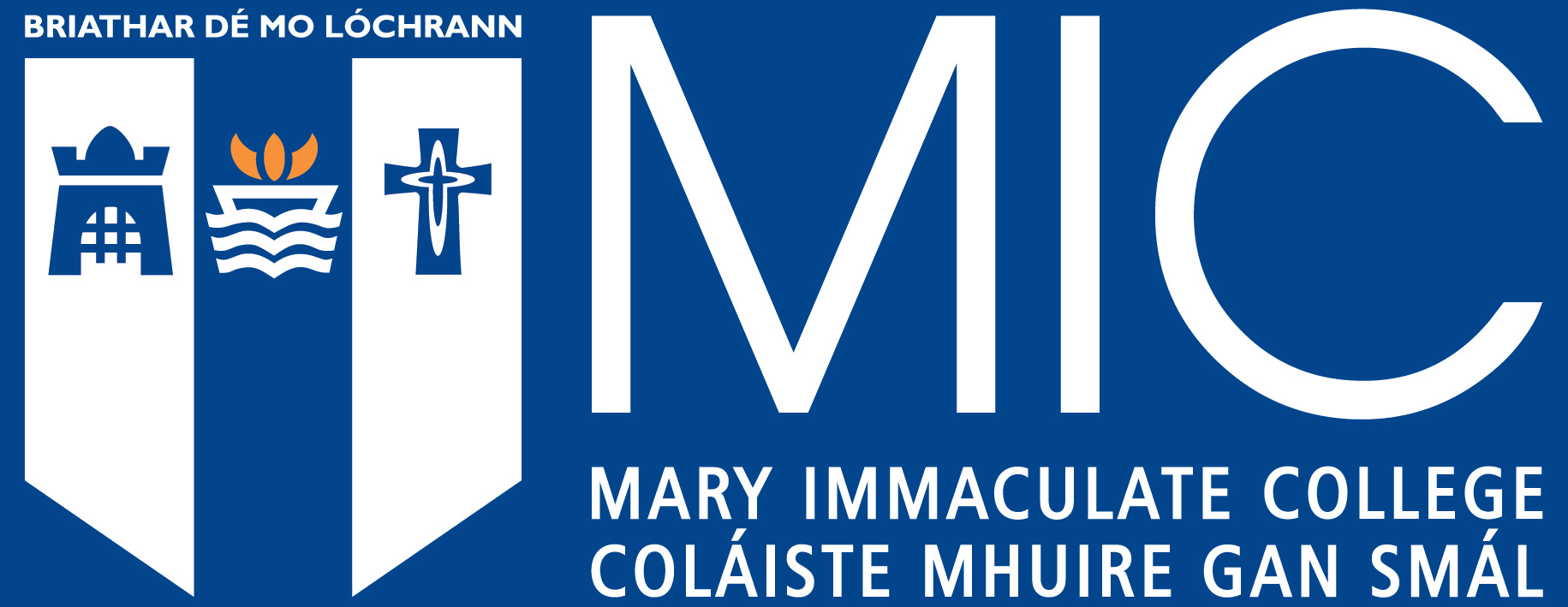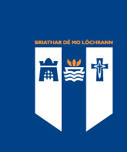Revolution, rebellion and vampires: colonial hybridity in Irish gothic literature and historical documents
Abstract
Colonial hybridity remains one of the most widely deployed and disputed literary theories within Postcolonial Studies. This thesis will provide an overview of colonial hybridity in Irish historical documents as well as Irish folklore and Irish gothic literature. I will use Homi Bhabha’s The Location of Culture (1994) as the primary theoretical resource to highlight the examples of colonial hybridity throughout Irish history, folklore and literature. I will also discuss the debatable idea that Ireland is postcolonial.
In this thesis I examine the 1641 legal depositions relating to the Irish rebellion of 1641, tracing colonial hybridity through the murder of Bridget Cleary and the involvement of Irish fairy folklore in her death. I discuss the vampires of Joseph Sheridan Le Fanu and Bram Stoker towards the end of the 19th century in relation to the principal theorists of hybridity; Homi Bhabha, Néstor García Canclini, Gayatri Spivak, Robert J.C. Young and Paul Gilroy. I also discuss the more contemporary research of Angela Bourke, Seamus Deane, David Lloyd and Luke Gibbons.
The final chapter discusses postcolonial trauma in Patrick McCabe’s Winterwood (2006), and examines how even the term postcolonial can be contentious as Anne McClintock argues that while the Republic of Ireland might be considered postcolonial, the people of Northern Ireland might feel differently. While acknowledging the valid criticisms of colonial hybridity, I argue that Robert J.C. Young’s view that hybridity can be used as a source of assimilation is relevant in a world that is increasingly having more debates on hybridity in relation to such issues as nationality, colonialism, gender and sexuality.
Keywords
BhabhaColonial hybridity
Postcolonial gothic
Rebellion


